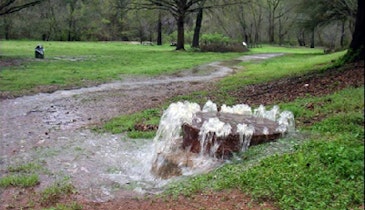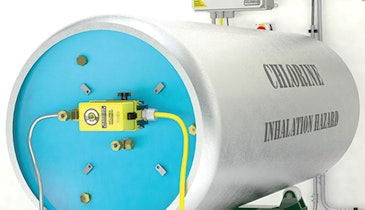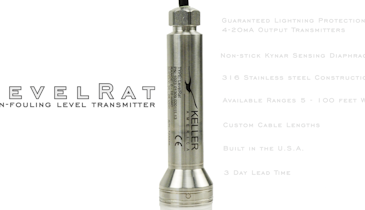Interested in Laboratory?
Get Laboratory articles, news and videos right in your inbox! Sign up now.
Laboratory + Get AlertsThe MiDAS field guide recognizes the genus Tetrasphaera as having 19 individual species that may be found in various wastewater treatment processes. Tetrasphaera is of particular interest for plants looking to achieve enhanced biological phosphorus removal and is likely the most common polyphosphate accumulating organism (PAO) genus found on average in treatment plants throughout the world.
One thing of note is that there are many other genera capable of enhanced biological phosphorus removal, so a lack of Tetrasphaera doesn’t necessarily mean failure of the bio P process. The functionality of Tetrasphaera differs slightly from “traditional” PAOs, as while polyphosphate is cycled there is no recognized glycogen or PHA accumulation that occurs. Rather, Tetrasphaera are believed to utilize sugars and amino acids through a fermentative metabolism.
Tetrasphaera are classified by the MiDAS field guide as a variable filament type, meaning that morphological features of the genus may vary depending on species or growth conditions with some (likely most) species having the ability to grow in filamentous form. When growing as filaments, Tetrasphaera may possess Nostocoida limicola morphological traits generally described as discoid-hockey-puck shaped cells ranging from 0.8-2.5 µm in diameter. It is generally assumed that the majority of Tetrasphaera filaments grow within the floc structure and rarely cause filamentous bulking. Also, as Tetrasphaera is often seen as a filament, it does not always fit the traditional PAO phylotype of a cluser of deeply Neisser-positive bacteria.
From a microscopy standpoint, we can identify the Nostocoida limicola morphotype. However, it is important to note that there is high genetic diversity within Nostocoida filament types, so we cannot make a true connection to Nostocoida limicola filament type and Tetrasphaera without more advanced testing (PCR, 16SrRNA etc.). From a practical standpoint, filaments that possess the Nostocoida limicola morphology traits have correlated well in over 30 years of study to proliferate in plants that treat elevated concentrations of low-molecular-weight organic acids. Organic acids may be naturally occurring in many industrial wastes and septage, or may be formed in areas of septicity/fermentation like lift stations, equalization basins or collections systems.
Tetrasphaera’s function
From an academic standpoint, the function of Tetrasphaera in wastewater processes serves as an excellent example of the understanding that we’re obtaining about bacteria in activated sludge and how they work. It is becoming clear that more advanced DNA testing along with microscopy may be beneficial in certain instances, depending on what treatment plant goals and monitoring objectives may be.
Note that DNA testing is complementary to microscopy rather than a replacement for many reasons. Limitations of DNA testing include the varying morphological traits of many genera (i.e. filament types that are variable); built in biases in sequencing that often cause certain bacteria with multiple strands of rRNA to read artificially high as a percentage of reads; and the commonality of many reads currently unable to reach down to the genus level for identification.
Microscopy continues to provide critical elements such as viewing higher life form organisms, judging/determining types of dispersed growth, assessing health of filamentous bacteria or other bacteria, and viewing the floc structure and judging the impact of filamentous bacteria on the overall floc structure.
In desired circumstances, DNA in combination with microscopy can be beneficial for additional information, and Tetrasphaera and other PAOs are a prime examples of this. It is exciting to see the advances that we are making in different areas as we continue to look at how and when to utilize additional knowledge that may help with wastewater treatment plant operational process control decisions.
About the author: Ryan Hennessy is the microbiology and operations specialist at Midwest Contract Operations Inc. He was trained and mentored by Dr. Michael Richard for over 10 years in wastewater microbiology, and serves as a microbiology services consultant. Hennessy is a licensed wastewater treatment and municipal waterworks operator in the state of Wisconsin and fills in as needed for operations at several facilities. He can be reached at rhennessy@mco-us.com.






